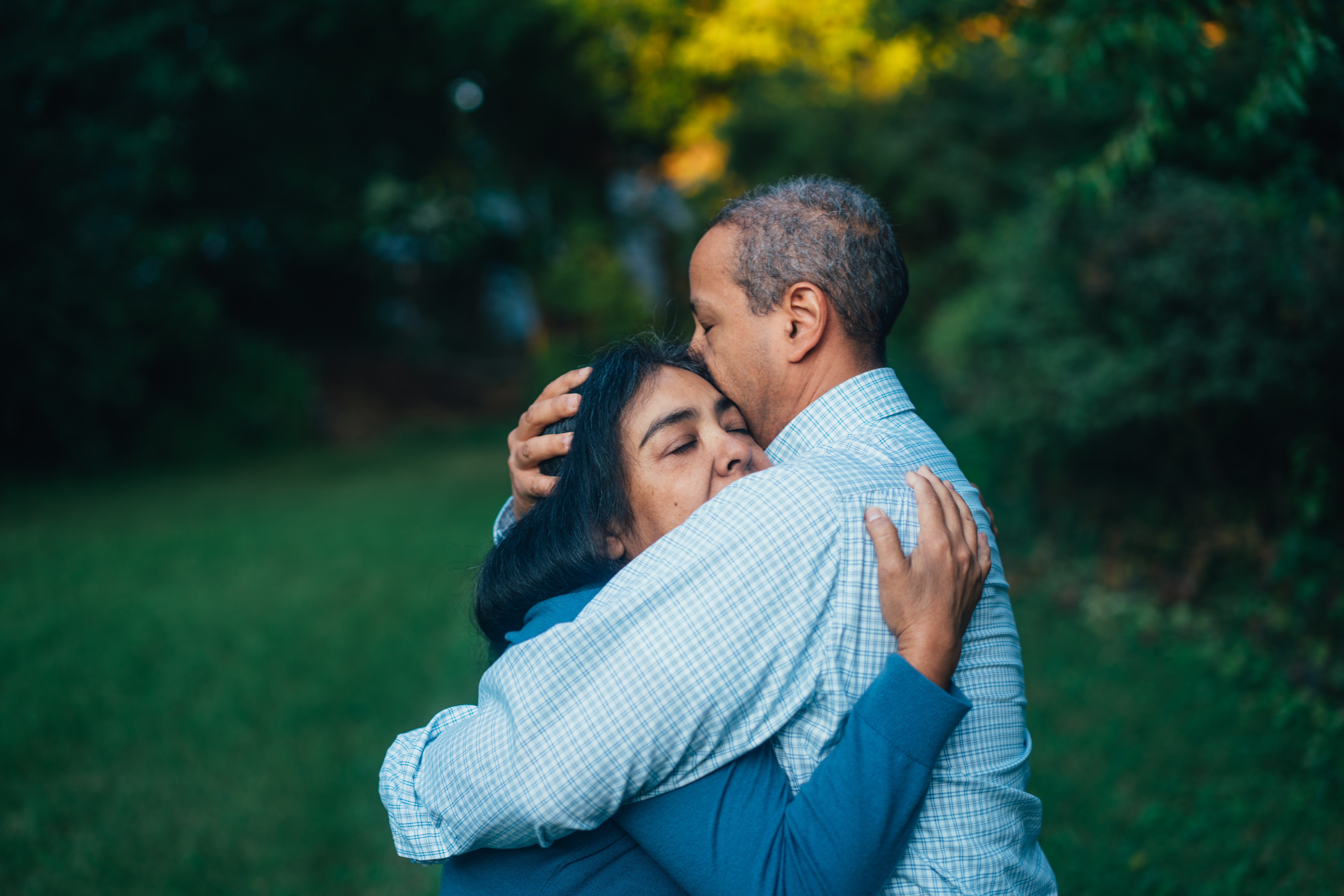How to Rethink Your Relationship with Forgiveness

A Step-by-Step Exercise to Forgive
 Photo courtesy of Unsplash
Photo courtesy of Unsplash
It is common to feel anger and guilt while going through any type of grief, but that doesn’t make those emotions any less complicated. Sometimes, holding onto resentment can get in the way of feeling the full range of emotions that accompany loss—and get in the way of healing from some of that pain.
Forgiving others—and yourself—can improve psychological well-being. But how do you begin the challenging process of letting go?
Here’s a step-by-step exercise, adapted from Hearts of Hope’s evidence-based workshop on The Power of Forgiveness, that will help you shift your relationship with the person or experience that wronged you and open your heart to forgiveness.
1. Get Upset
Start by sitting somewhere relaxed and quiet, where you can focus on your thoughts with few distractions. Take a few moments to get comfortable. If it feels good, begin to take some deep breaths. When you feel grounded in your seat, close your eyes.
Now picture the person who hurt or angered you. Let all your grievances come up–in your mind, list all the ways they wronged you. Bring to mind all the pain that has caused you. Spend at least 20 seconds thinking about your hurt and frustration, but take as much time as you need to let the feelings and memories come.
When you start to notice yourself cycling through the same images and thoughts, shift your attention to what is happening in your body. Did your heart rate get faster? Is your breathing shallow? Do you feel your toes clenching or tension in your neck? Scan your body from head to toe, taking the time to simply notice how your body is reacting.
2. Focus on Your Breath
Take your time to let go of the images that came up in your mind. Begin to take some slow, deep breaths. Feel your belly expand and rise as you inhale. Notice it deflate and relax as you exhale. Try placing one hand on your abdomen to help guide your breath and notice your inhales and exhales get longer and slower. Bring all your attention to your abdomen as you breathe.
Once you get into a rhythm where your mind is focused on your breathing, take five steady breaths with your focus on your abdomen. There is nothing else you need to do in this moment, except to breathe. There is nothing else you need to think about except the rise and fall of your belly.
It is normal for your mind to wander. Everyone’s thoughts stray. When you notice your mind going back to the person who hurt you–or to anything else–bring the focus back to the rhythm of your breath. Think about the movement of your abdominal muscles as you inhale and exhale. Continue to breathe.
3. Think of Something Beautiful
As you find yourself being able to stay with your breath for longer and longer without distraction, shift your attention away from your abdomen and back to your thoughts. Bring the image of something beautiful into your mind. It could be the face of someone you love dearly. It could be a place where you always feel at peace. Let the positive feelings this image brings up wash over you. If you feel like smiling, smile. Stay with the warmth of these feelings as you continue to breathe.
Now imagine that image and the feelings it brings radiating from your mind, down your body, and settling in the area around your heart. You might sit up a little straighter or let your shoulder relax. Allow the space around your heart to fill with the good feelings. Keep breathing as you let the power of your positive image expand in your body. Let it soothe and comfort you.
4. Redirect Your Anger Into Peace
Stay with your breath. Imagine that each time you inhale, your heart fills a little more with peace and serenity. Know that the image that brought you joy is like a shield, always there to give you strength against discomfort and hurt.
With that in mind, shift the image in your mind back to the person who hurt you. Let the feeling in your heart protect you from the pain they caused. Instead of the stress you usually feel when you think of them, let your mind and body remain in a state of calm. Come back to your breath if you need to.
Forgiveness is a practice. If you start to feel anger or notice your breathing get heavy, know that is normal. You can return to any of these steps to recenter yourself. You can come back another day. Your breath and your positive memories are always there for you to tap into.
Over time, as you practice this exercise, you will begin to redirect the pattern of stress that happens when you think of the person who wronged you into a different, calmer response in your body. As your physical reaction evolves, you will observe that the power this person has over you begins to ebb away. You are training your body to let go, and your heart will follow. With practice and attention, forgiveness will feel less daunting and scary. It will be something you can practice in just a few moments, starting with a single breath.
Forgiveness Takes Time
When you decide to forgive people in your life, including yourself, know that it doesn’t happen overnight. You may have stronger feelings of anger flare up as you revisit painful memories. Like grief, forgiveness is not linear. But if you commit to letting go of resentment, you can introduce simple, powerful practices like this one into your life. Give yourself grace in the process. And know that the effort will, over time, bring you more peace and comfort on your healing journey.


